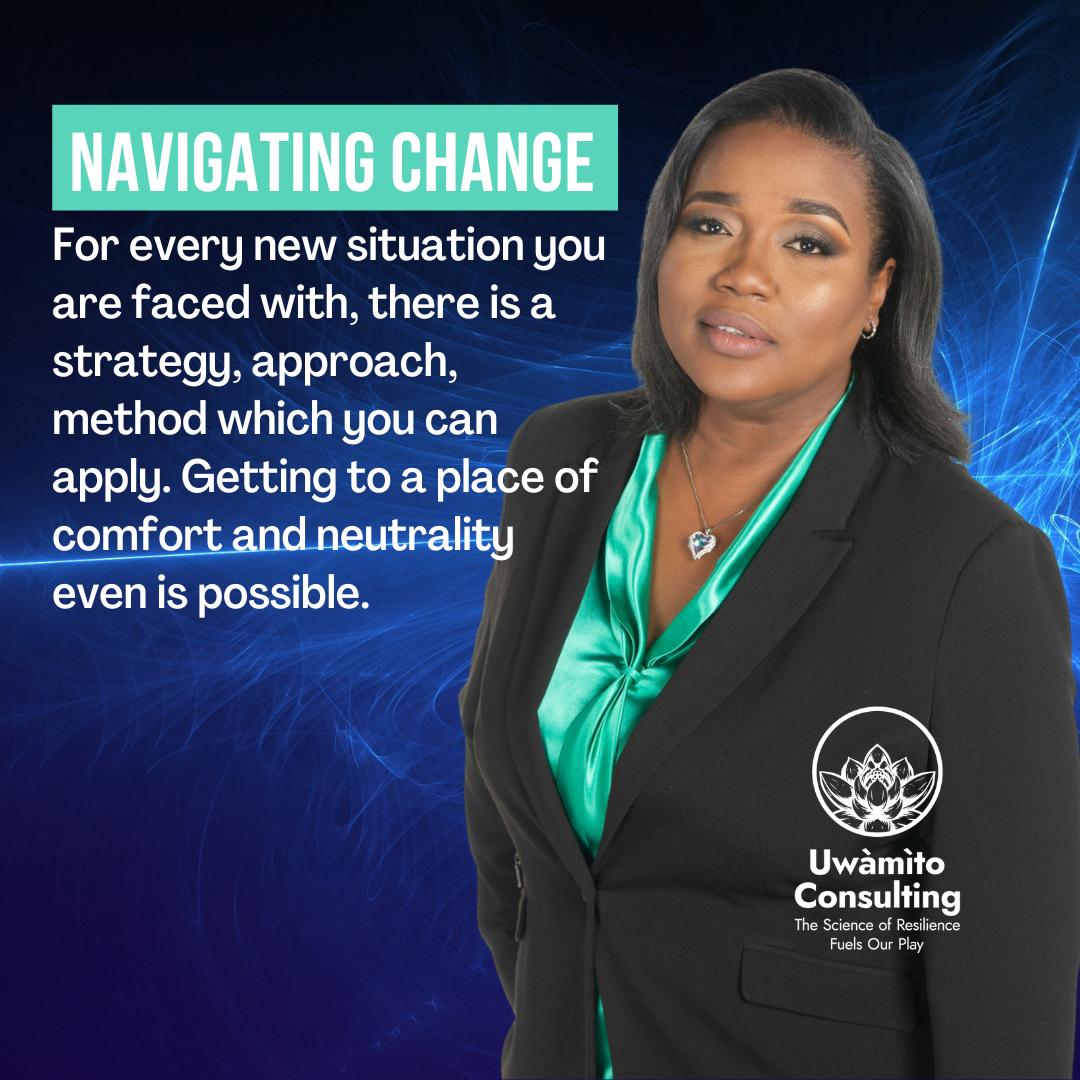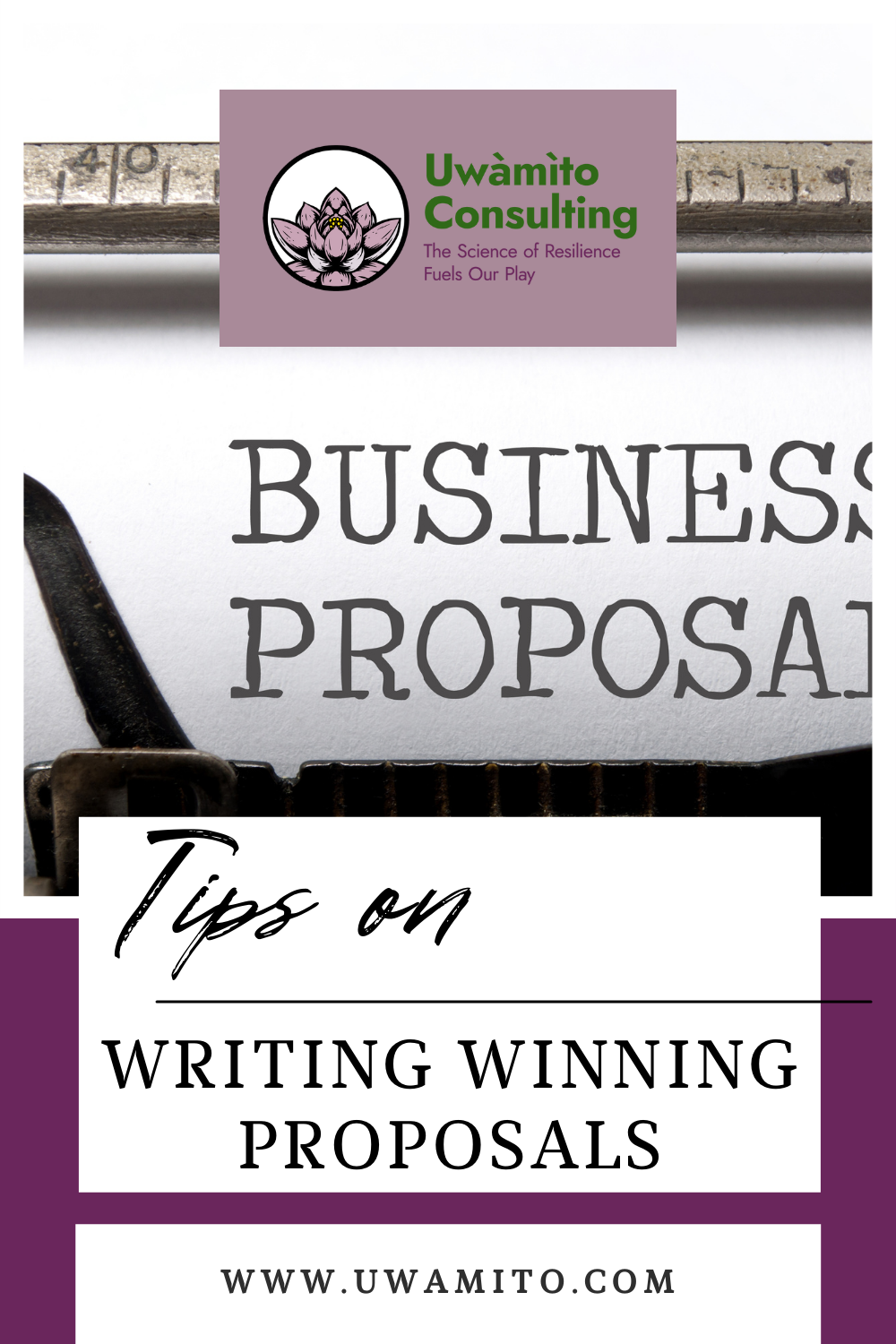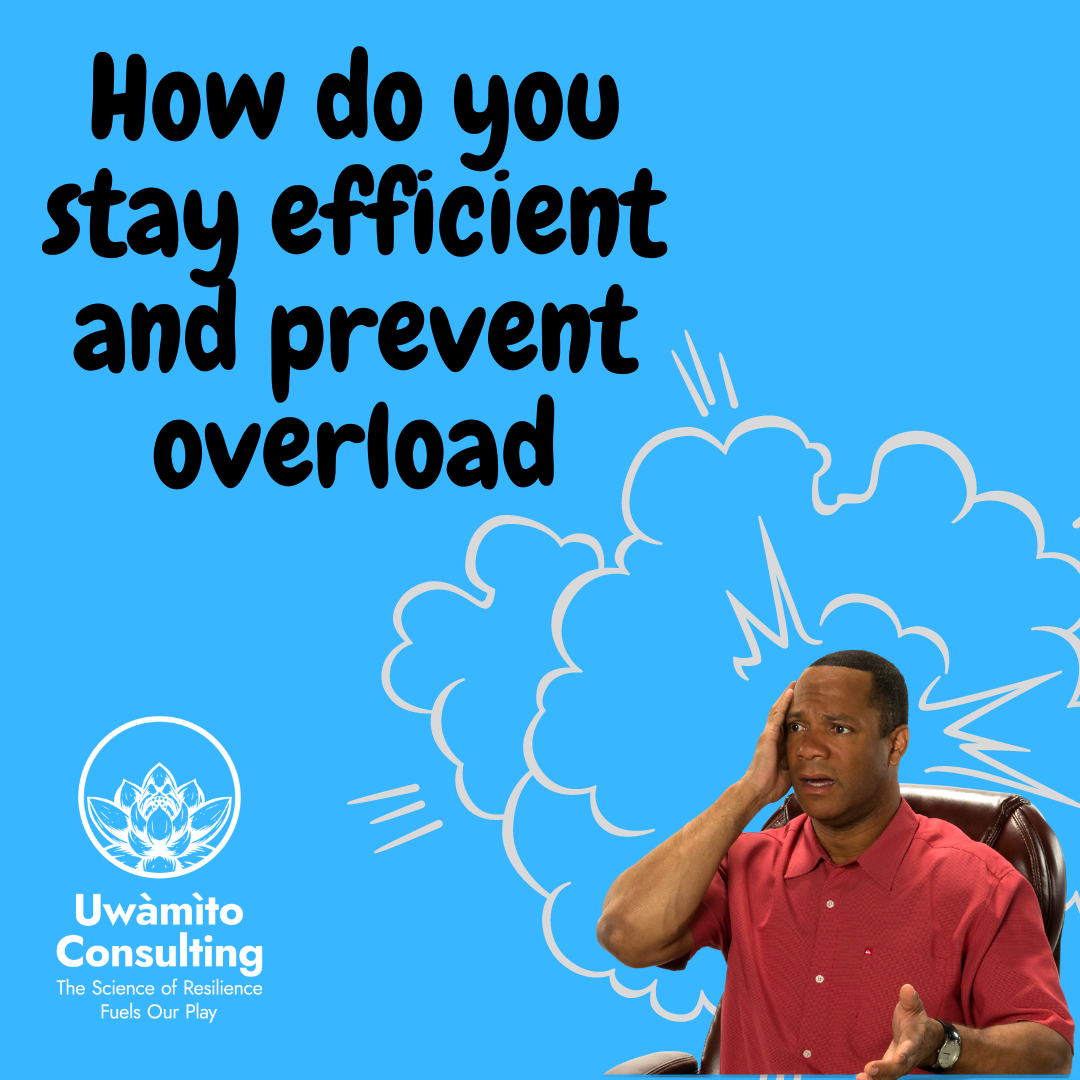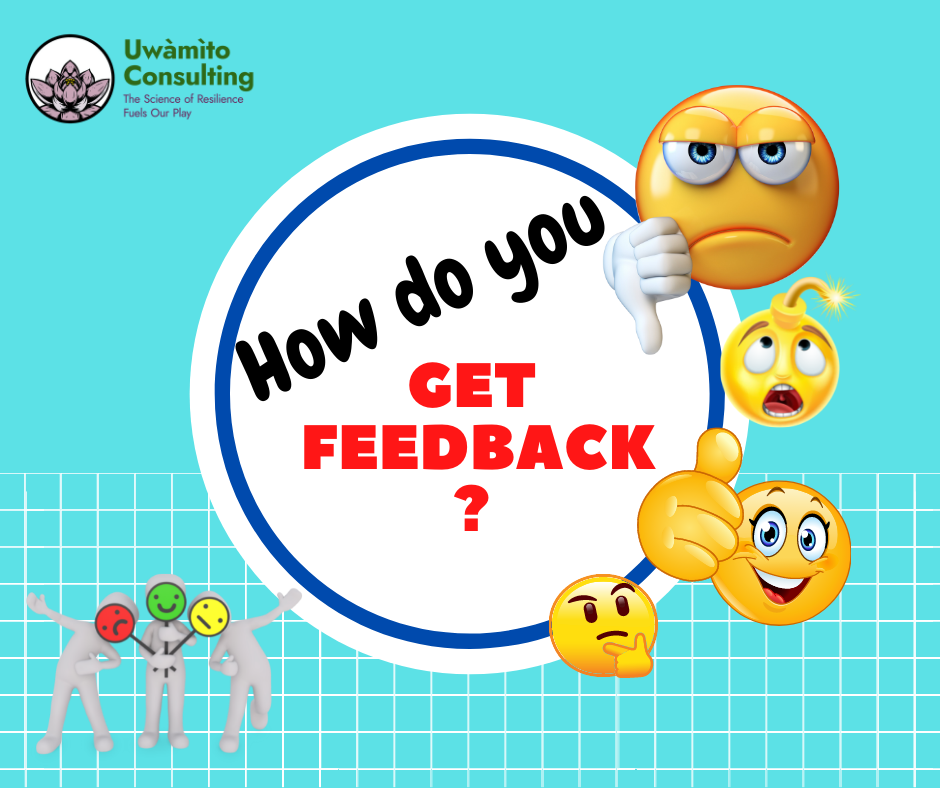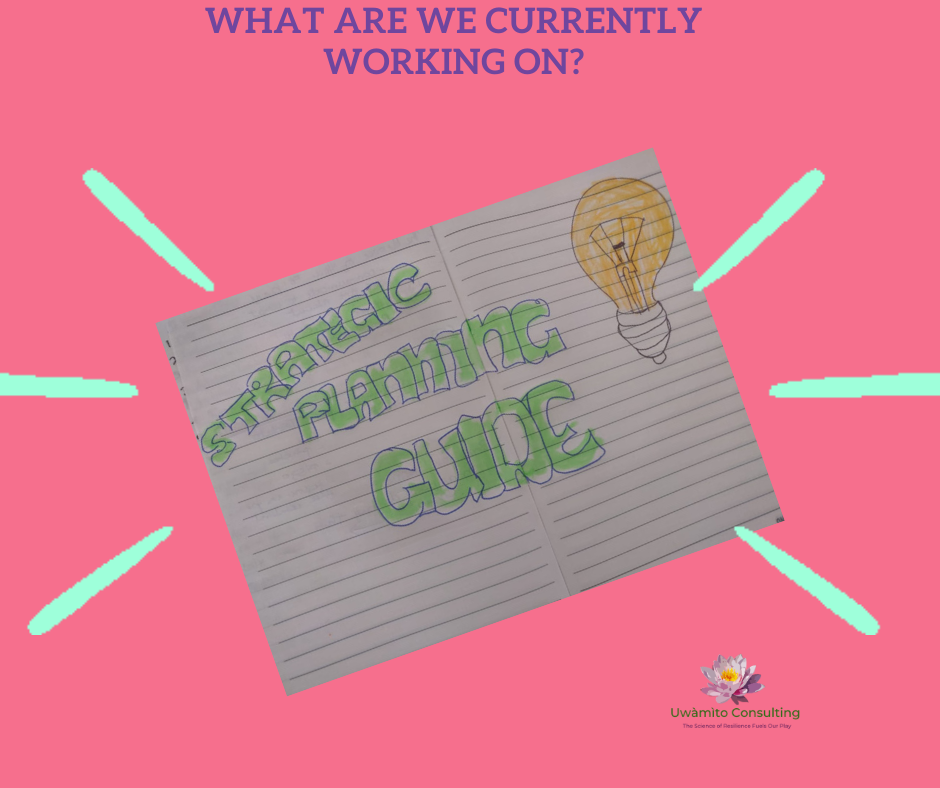The use of Artificial Intelligence (AI) is growing at a rapid pace, and it’s being used in many different industries and sectors including social development. It can help improve customer experience, increase efficiency and productivity, reduce costs and more. If you’re thinking about using artificial intelligence (AI) to power your business or not-for-profit you may want to map things out first.
Artificial intelligence is a powerful tool, but it’s not without its flaws. This can mean that you may end up with inaccurate or incomplete data, and eventually an inaccurate model of your customer, your beneficiary or potential clients. As with everything else you monitor how things are functioning to ensure you show up the way you intend.
Questions to ask before using AI
If you’re thinking about using artificial intelligence, it’s important to ask yourself a few key questions. Firstly, you’ll want to know what the benefits of using AI are and how they can help your business or organization thrive. Then, once you’re convinced that this technology is right for you, it’s time to figure out how it will impact your operations. Then, you’ll need to consider whether your business needs a dedicated team or if you can use AI as a supplementary tool that works alongside existing teams. You should also think about where you’d like to use AI and how it will impact your engagement. Finally, once you understand how this technology impacts your organization, it’s time to start thinking about how it will help solve problems for your customers, stakeholders, clients, or beneficiaries. Finally, you want to make sure that your implementation of AI is in line with your company’s values and mission.
Some useful AI tools available include
(1). Chatbots: These are tools that you can use to automate responses to customer questions and provide them with information about your products or services. You will need to spend time uploading your content for selection once the person who is interacting selects one of your options. You can also use them in place of an FAQ section on your website by creating a bot that answers frequently asked questions.
(2). Virtual assistants: These are programs that act as a personal assistant for employees, helping them do things like schedule meetings and track their calendars. A virtual assistant can schedule meetings and appointments for you, and an email filter that will help you keep track of your inbox. voice-to-text transcription, speech recognition, and conversational AI.
(3). Text transcription: This is the process of converting spoken words into written text. It is useful for recording interviews, dictation, and other forms of audio communication.
(4). Speech recognition: Allows you to use voice commands on your computer or mobile device.
The world as we know it is changing, of course nothing beats human interaction and personally engaging with people. For me knowing that I am engaging with a human that is efficiently addressing my issues makes the world of difference but there are actions which you use the technology for especially where human failing is like remembering dates or a task that must be done.


